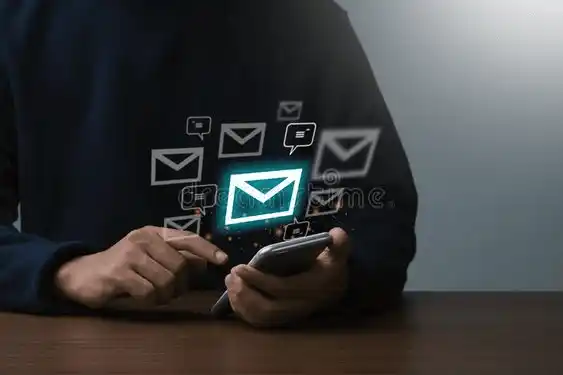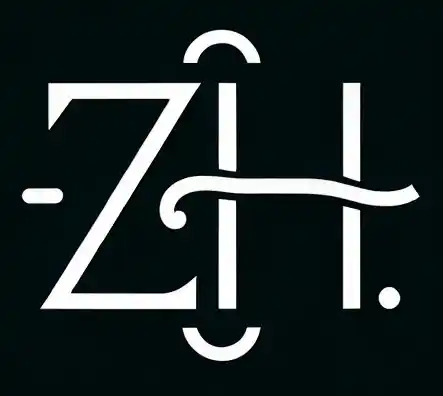Zeeshan Hayat’s Guide to the Do’s and Don’ts of Email Communication

Clear and well-crafted email communication plays a crucial role across business, academic, and personal contexts. However, creating emails that are direct, succinct, and compelling can be challenging. Here are ten tips to ensure your emails leave a positive impression.
Subject Line Matters
Your email’s subject line should precisely convey the email’s purpose and urgency. A well-crafted subject line, such as “Meeting Request: Q3 Sales Strategy Review,” immediately informs the recipient of the email’s content and encourages prompt attention. Neglecting this can result in your email being overlooked or marked as spam.
Introduce Yourself
When reaching out to someone for the first time or in a formal context, a brief yet informative introduction is essential. This could be as simple as, “My name is Zeeshan Hayat, CEO at Kudos Technology. I am contacting you regarding potential collaboration opportunities.” This establishes your identity, builds credibility, and provides context for your message.
Proofread
Carefully draft and proofread your email, confirming the recipient’s address before sending. Send emails during business hours to ensure timely responses. This prevents sending sensitive information to the wrong person and maintains professional communication standards. Reviewing for errors is essential to demonstrate professionalism and avoid misunderstandings. An error-free message upholds your credibility and ensures clarity.
Provide Context
Never assume the recipient has all the background information. Providing sufficient context is critical. For instance, “As discussed in our previous meeting on July 10th, we are moving forward with the Q3 marketing campaign.” This ensures clarity and reduces the likelihood of confusion.
Appropriate Tone
The tone of your email should reflect the nature of your relationship with the recipient and the context of the message. For a business proposal, a formal tone is appropriate, such as, “I would like to propose a strategic partnership that could benefit both our organizations.” Conversely, a friendly yet professional tone is suitable for internal communications.
Simplicity and Clarity
Zeeshan Hayat advises to keep the communication straightforward in the business context. Avoid jargon and lengthy sentences that can obscure your message. For example, instead of saying, “Our synergistic approach aims to leverage core competencies,” you could say, “We plan to combine our strengths to achieve better results.”
Include Attachments
If your email references attachments, ensure they are included before hitting send. For example, “Please find attached the attached picture or PDF.” Forgetting attachments can cause inconvenience and require additional follow-up.
Prevent Data Breach
Never transmit financial information or sensitive data like account numbers, credit card details, social insurance numbers, PINs, or health records through email. Instead, use a secure link to send this information. This practice helps prevent data breaches and protects sensitive information from unauthorized access. Always prioritize security to maintain confidentiality and integrity.
Consistent and Professional Email Signature
Set up your email signature to automatically appear with every email you send. This enhances your professionalism and ensures consistency. Include your full name, job title, and business name, along with your professional email address and both personal and work phone numbers. Add your company website and, if applicable, your personal website. Additionally, include a link to your LinkedIn profile, which can help with networking and personal branding. A default email signature ensures that every email you send is properly branded and provides recipients with all the necessary contact details and professional links.
Reply Promptly
Timely responses are essential in business communication. If a detailed reply isn’t possible immediately, acknowledge receipt and provide a follow-up timeframe, such as, “Thank you for your email. I will review the details and respond by tomorrow afternoon.” If you can’t address it right away, mark the email as unread to ensure you follow up and don’t overlook it.
Conclusion
Mastering email etiquette is crucial for effective communication and upholding a professional image. Embracing best practices—such as verifying recipients, crafting clear subject lines, and maintaining a respectful tone—ensures that your emails are both impactful and well-received. Equally important are avoiding pitfalls like unnecessary jargon, improper use of attachments, and delays in response, which can undermine your message and professionalism. By following these guidelines, you can improve your communication skills, build stronger relationships, and ensure your emails are perceived positively across both personal and professional contexts.
Discover additional business advice articles on my website, Zeeshan Hayat.
